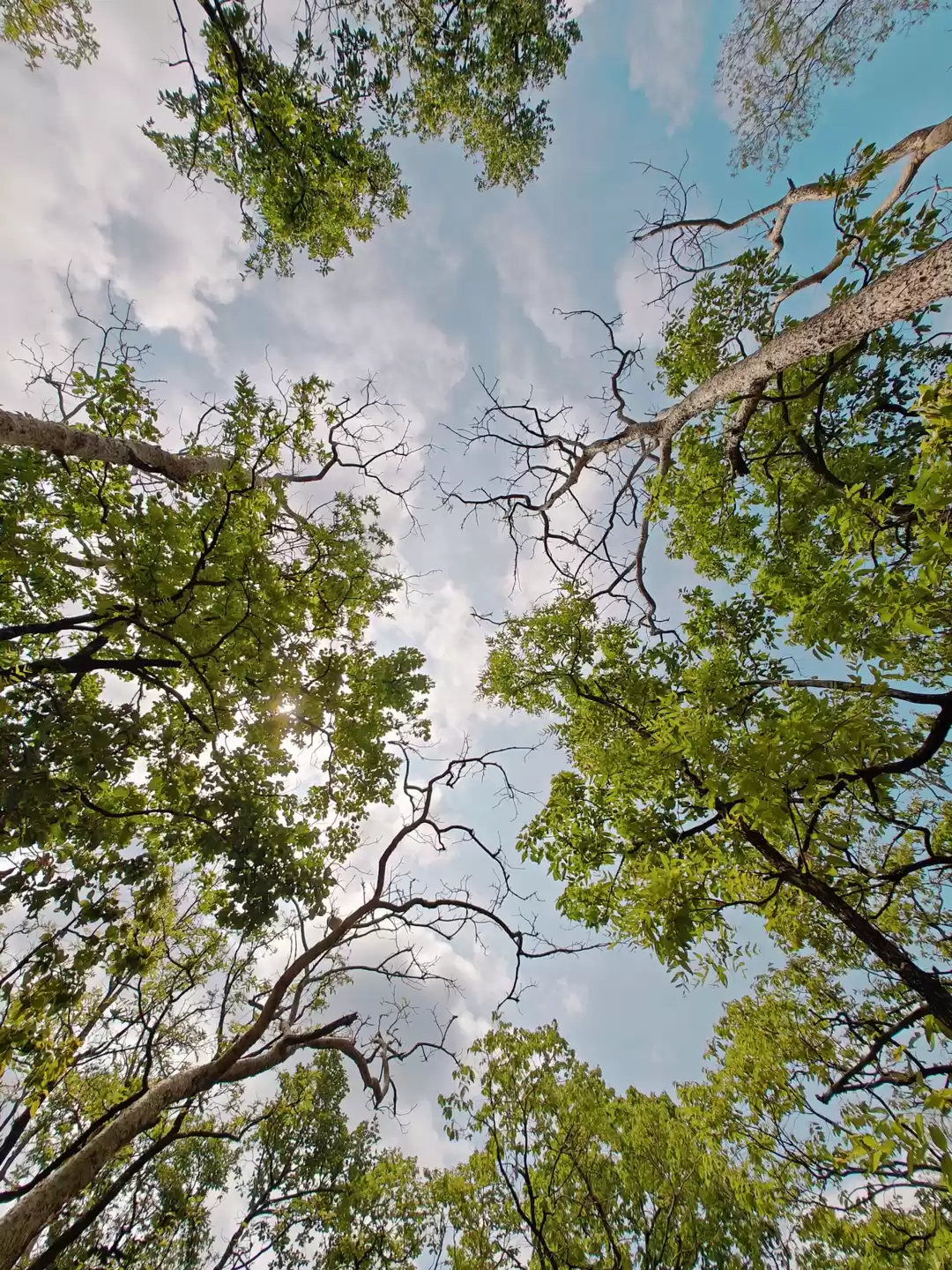Children growing up in the 90's, grew up listening to the fables of a boy raised by animals in the wilderness of a massive jungle.
In this jungle, the leopards were sages, elephants mighty as God and a pack of wolves had the tenderness to raise a human infant. The vast forest was a tiny universe in itself. You could hear a hungry bear singing, a small child swinging from trees and the bulls racing home. In this world, the children of India found the fertile land where they sowed and reaped creatures of imagination.
This jungle is etched in our memories. We built tree houses on terraces, befriended street dogs and ate mangoes like Baloo. Just to live, at least for a day, the life of Mowgli.

Now we overdose on travelogues and refresh booking pages to find a spark of inspiration within us.
But not many realise that 'The Jungle Book' was our first ever encounter with a world that could be reached by stepping out, moving inches and kilometres from the comfort zone.

With the trials, treasures and tribulations of Mowgli, the 90's kids grew up. And somewhere along that way, we lost the fascination for that jungle where animals dance, sing and live happily ever after.
The Jungle
The story of Mowgli is the story of a feral child brought up by the animals of Pench area in Seoni. The first set of Jungle Book stories date back to 1893, after which came the widely popular The Second Jungle Book in 1895.
The Pench area, which Kipling talks about had not even gained the status of a national park when the first Mowgli stories were published.

But long before Rudyard Kipling captured the world's imagination, Robert Armitage Strendale had written several books on Seoni, such as 'Mammalia of India and Ceylon', 'Denizens of the Jungle' from where Kipling is said to have heavily taken his descriptions of topography, wildlife and its ways. But it was an account by William Sleeman, 'An Account of Wolves Nurturing Children in Their Dens' describing the condition and story of a wolf-boy, who was found near the village Sant Baori in 1831, which inspired Kipling.

The Waingunga river and its gorge where Sherkhan was killed, still flows through the Pench National Park.
It's not often that you can get to live in the spot of your favourite narratives. But luckily Pench National Park is the place to make your dreams come true.
Given its status as a tiger reserve, you can't exactly go around Mowgli-ing in the area. But there is in fact a way you can feel slightly closer to your childhood hero.
A home in the shade of Mahua Tree
There are a few tree houses in Pench where you can spend days living inside the jungle perched on a massive tree. And get a view of the Pench Tiger Reserve which usually requires a lot of effort and tree-climbing.

The tree houses nestled (literally!) in the middle of Jungle Book become your dream home as you take a safari to meet the mighty Sherkhan, watch Baloo, The Bear, bathe in river streams and meet the 'Banderlog' who will swing by to greet you through the trip.

But the most unique and priceless experience will be of coming back, climbing the tree and bidding goodnight on a comfortable bed in your tree house. This is the stuff dreams are made of.
Sure we can't exactly jump from one tree to another singing 'Jungle jungle baat chali hai pata chala hai'; maybe you even forgot the wild child who when asked, "What do you want to be when you grow up?" answered in one word, "Mowgli!".
But maybe, just maybe, when you see that tree house in the very real forest of Seoni, a spark will light up again. This spark will urge you to move through the world with the same fervour, fascination and excitement as you did as an innocent child staring through the television screen and teleporting to the world of Mowgli.




















